
A Dog’s Tale
June 12, 2008
I’m a wonderful teacher. I know, you don’t have to tell me. It’s not nice to brag. But truth above all, I always say. Here. Let me show you why I’m so good.
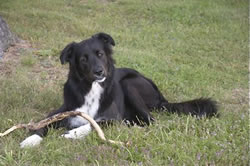
We have a dog named Tessa. As far as I can tell, Tessa doesn’t have much feeling for music one way or the other. She will wander in and out of the living room while I’m practicing, rehearsing, or teaching with little noticeable reaction. But Tessa is definitely a party girl. When new people arrive to make music, she likes to be where the action is and often settles quietly and unobtrusively under the piano nearby.
I’ve had one or two musical experiences with animals in the past but they have been questionable at best. My sister-in-law, Ulrike, used to have a small, sweet dog named Nauka who howled with pain every time I played a high A or B flat way up on the violin’s E string. Other sounds left the dog unfazed but those two set her in a tizzy. Was my poor rendition of those offending notes the problem? The thought gnaws at me to this day.
Then there was Amelia, the donkey. Winnie, my friend and Amelia’s owner, once invited me to stay with her before a concert I was to play nearby. My bedroom faced the stables behind the house. Of course, I practiced that afternoon as every self-respecting violinist would. But no sooner had I begun (Olivier Messiaen’s Quartet for the End of Time) than Amelia began to heehaw wildly. Perhaps I did my job too well and set Amelia to thinking that the end of the world had truly arrived, or perhaps she merely wanted to mate with me. I just don’t know.
But I digress. We were talking about how good a teacher I am, I believe. The other day, a student came with her pianist to play Beethoven’s C Minor Violin and Piano Sonata for me. As usual, Tessa parked herself under the piano after greeting the two young musicians with a few barks and tail wags. We worked through the first two movements of the sonata and then launched into the third—a lively scherzo. Do you know it? Spritely little thing. Charming, really. At one point, Beethoven writes a repeated double E, two identical notes played at once on both the open E and closed A strings. He indicates that they be played with accents, sforzandi in Italian, the musician’s Lingua Franca. I don’t know whether it was too early in the day or simply that my student didn’t fully grasp the music’s essence but in any case, she gave a rather subdued rendition of the passage. The sforzandi sounded limp and without sufficient character. This would not do of course. I told her about Beethoven’s lighter side, his high jinx humor as exemplified by those double E outbursts- each one a little more mirthful, a little more boisterous, even explosive. I asked my student to play the passage again, hoping for some improvement, but I was unprepared for the radical change that followed. Her rendition was now alive, her accents razor-sharp. Each one created what amounted to an electric charge and each one raised those high jinx stakes to a new level. I was delighted, of course, but as I opened my mouth to offer praise for a job very well done, Tessa sprang from under the piano and charged my student, barking wildly. Poor dear. She almost dropped her violin.
Had those wonderful sforzandi, executed to perfection, been too much for Tessa? Had she merely answered an ancient impulse to defend her turf- the living room carpet in this case- from a foreign creature belching double Es? I don’t think so. I prefer to believe that my dog had responded to the allure of music for the very first time. See. I told you. I’m a wonderful teacher.
Subscribe
Sign up to receive new stories straight to your inbox!


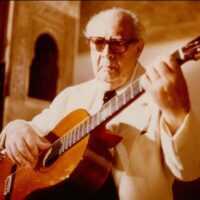

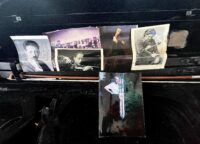

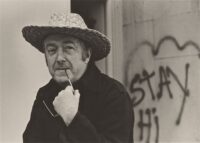
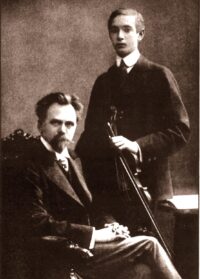
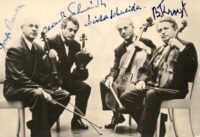

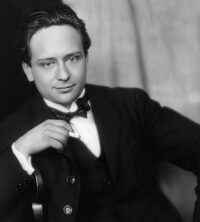

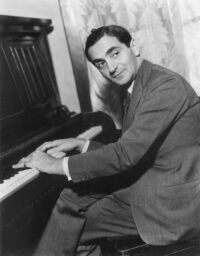

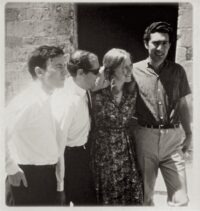
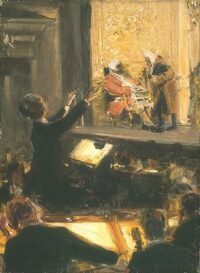


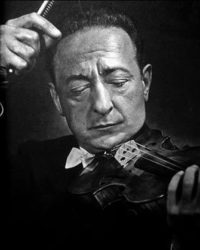
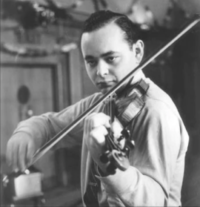
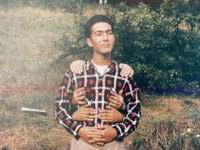
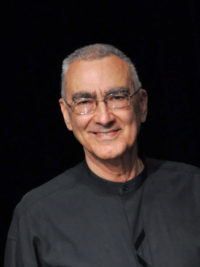


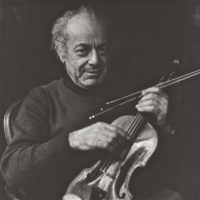

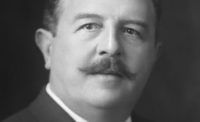
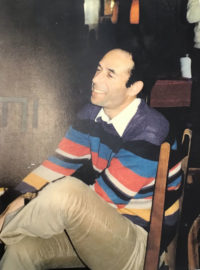

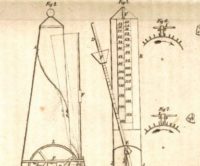


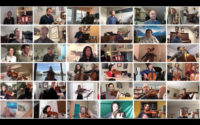
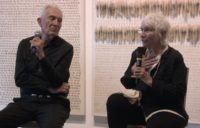


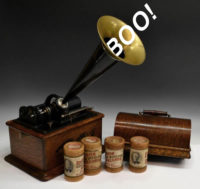

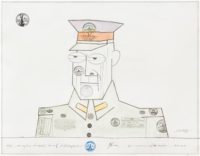
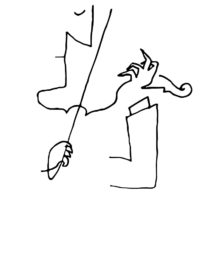
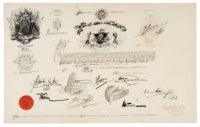
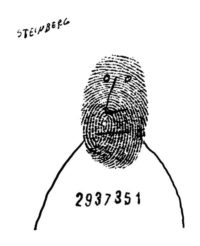
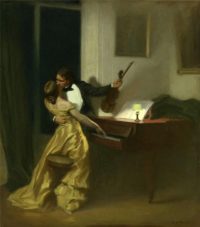
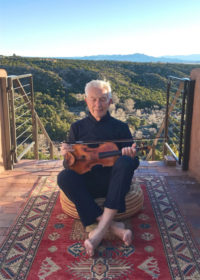
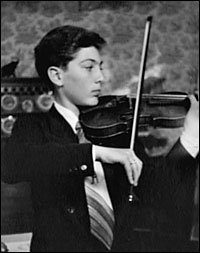
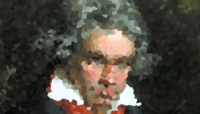

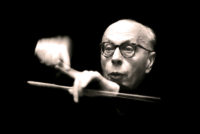
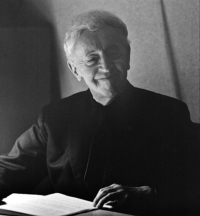
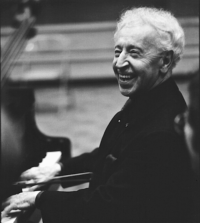
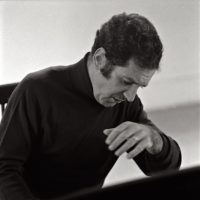

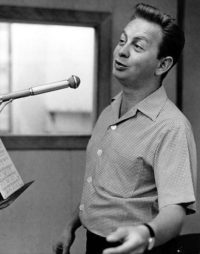


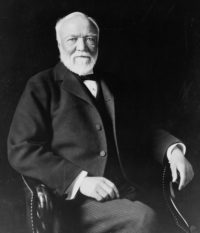
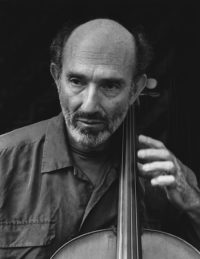
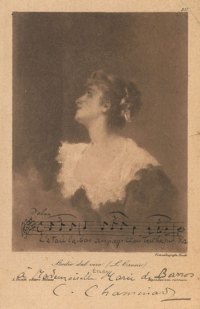
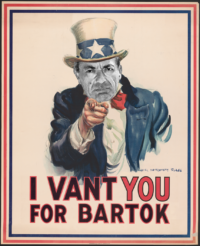
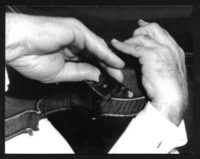
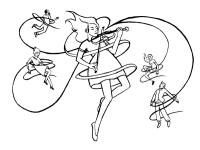


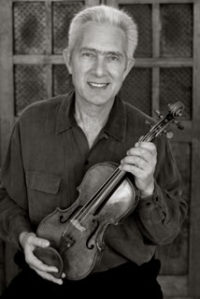
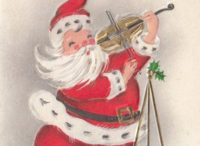
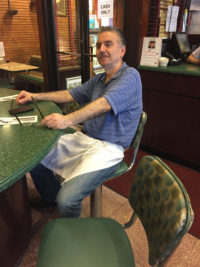

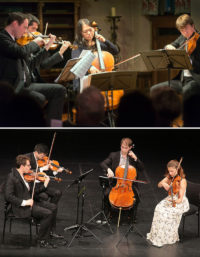
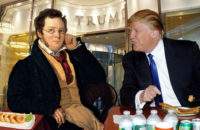
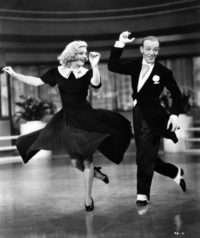

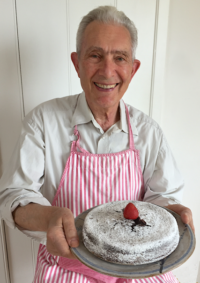
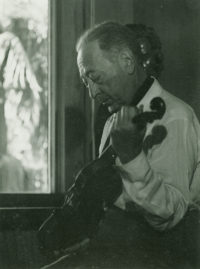

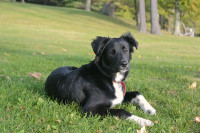
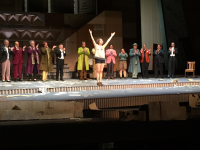
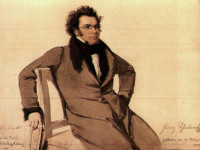
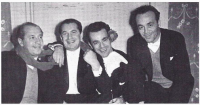


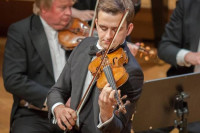
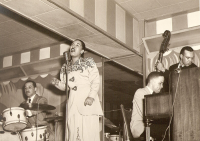
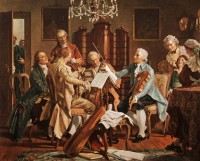
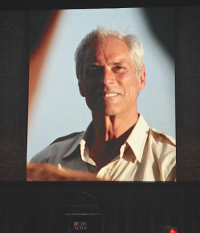
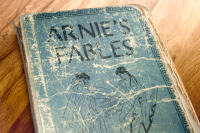
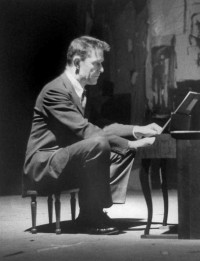
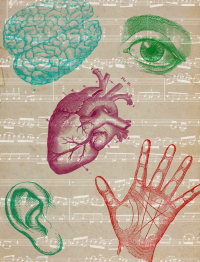

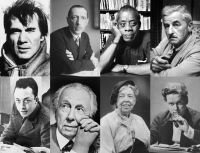

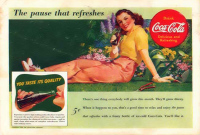
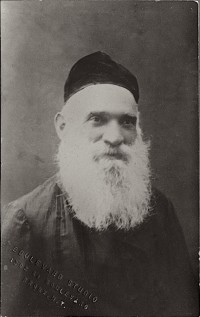
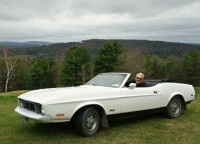
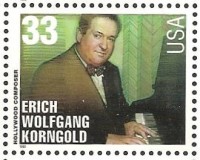
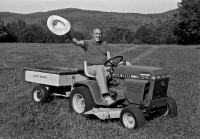


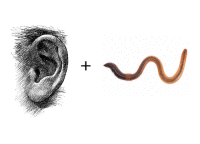
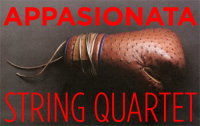


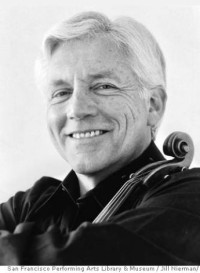
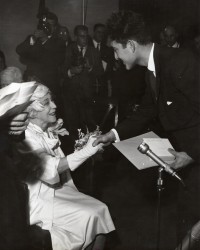

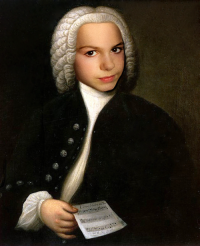
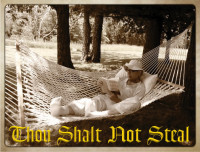

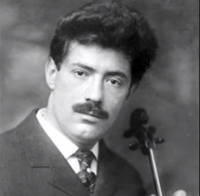
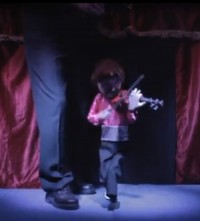

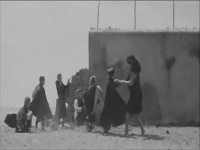


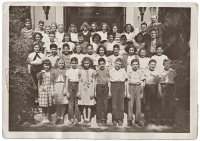
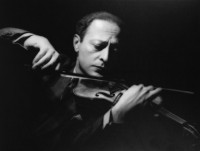

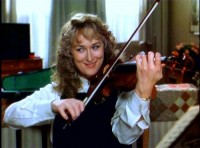


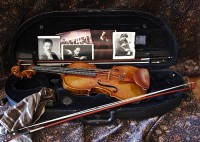

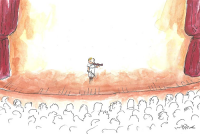
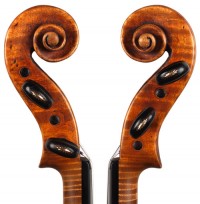

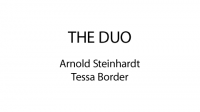





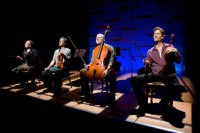
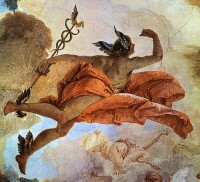

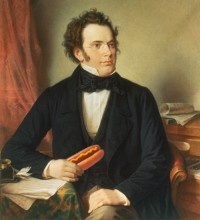

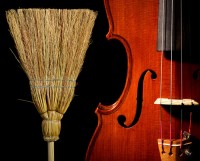
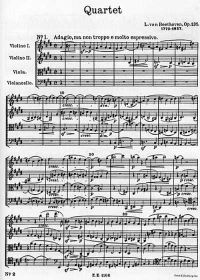


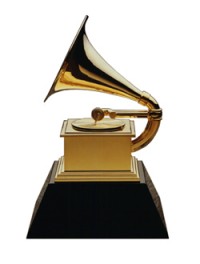

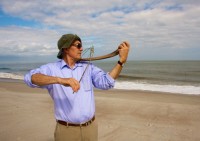
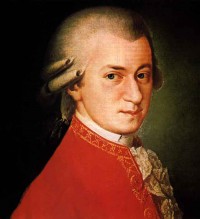
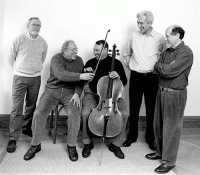

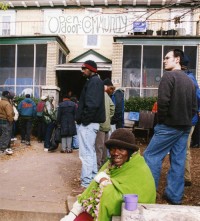
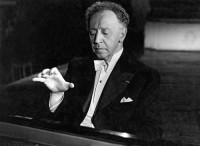
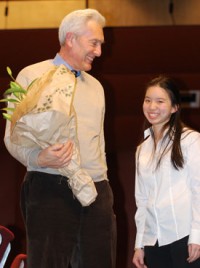

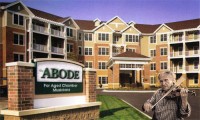
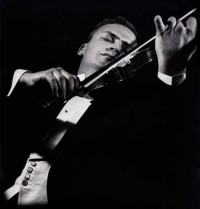

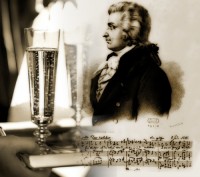

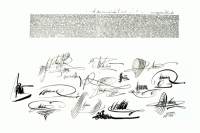
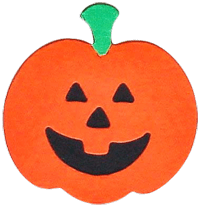
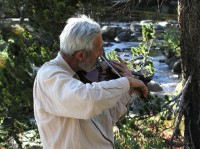
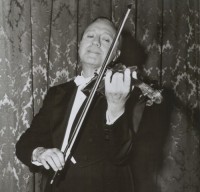

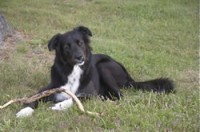
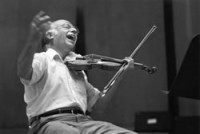



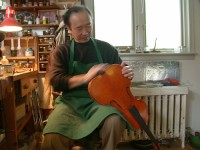
Comments
My dog, a Siberian husky, sits quietly when I play the violin . . . until I play double stops. Then he points his muzzle to the ceiling and begins to howl, not in pain, I think, but as an accompaniment. His late predecessor, also a husky, would howl any time I played. But unlike my current best friend whose howl is little more than a sustained bark, he had a beautiful, rich contralto voice, with a sort of wide vibrato. His pitch was usually slightly above or below the note I was playing. Sirens set him singing, too. Sometimes I would howl myself to get him going and we would sing together for a while.
Dear Arnold,
What a wonderful story! That, along with the picture of gorgeous Tessa has me remembering quite fondly my week with her in December. She is a beauty and quite a character! That picture- I know that face, that look, so well. When either I or Yuko would speak to her in a funny voice…. I can just hear her thinking “huh?”
When I practiced the violin my poodle, Timmy, would howl. But when I practiced the piano, both Timmy and Poppea, my calico, would lie together under the piano in a euphoric state. I guess they knew I was a better pianist than violinist! And I like to think that Brahms was the antidote to their normally adversarial relationship.
Once I was practicing a hideous, lengthy 12-tone piece. I hated it, considering it devoid of musical value, but had to get it ready for performance on short notice, so I ground away at it. Suddenly I heard a great rushing sound under the piano, and looked and found that my large spathiphyllum (peace) lily had collapsed. It had completely flattened out, just like that, leaves and flowers. I took it to another room, and thankfully it recovered after several days, but I will never know if it was the ugliness of the music or of my own feelings, communicated through the music, that did the poor plant in.
Leave a Comment
*/